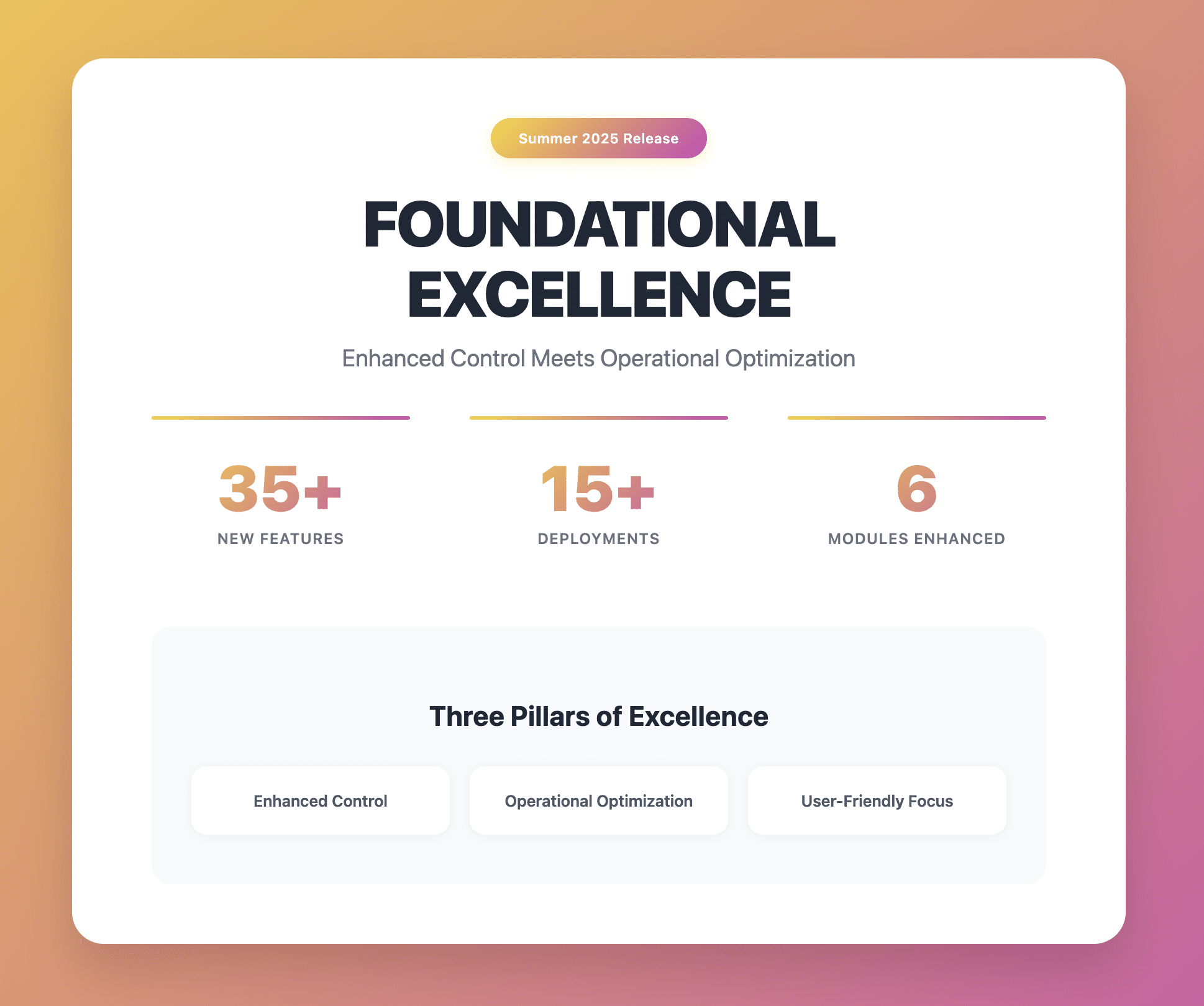The Future Today Institute published the technology trends for 2017 that will affect all areas of our lives such as business, education, politics, government, education and society. This year’s report includes 159 trends.
Here’s a sneak peek at some of the technology trends for 2017 which we believe will influence the event industry.
Artificial Intelligence
Think about AI as the next layer of technology that will be integrated into everything you do professionally. Simply put, AI is a branch of computer science in which computers are programmed to do things that normally require human intelligence. This includes learning, reasoning, problem-solving, understanding language and perceiving a situation or environment. AI is an extremely large, broad field, which uses its own computer languages and even special kids of computer networks WHICH are modeled on our human brains. The idea that we might someday create artificially intelligent, sentient robots was first suggested by prominent philosophers in the mid-1600s. There are two kinds of AI: weak (or “narrow”) and strong (or “general”). When Netflix makes recommendations to you, or Amazon displays books you might like to read, that’s narrow AI.
Bots
You’ve no doubt heard of a bot: a software application that’s been designed to automate certain tasks, such as scheduling or managing basic customer service requests. In the past year, bots have emerged from the fringe and have started to enter our mainstream vocabulary. There are now 12,000 Facebook Messenger bots available, as well as a number of platforms that make it easy for anyone to build a bot.
Many brands you recognize (1-800-Flowers.com, Pizza Hut and Dutch airline KLM) are using chatbots for marketing and customer service. Tai.ai was built on the same platform as Microsoft’s experimental Mandarin-language bot, Xiaoice. Both were capable of intimate conversations with users, because the program is able to remember details from previous conversations and because it mined the Internet for human conversations in order to synthesize chat sessions. The key difference: Xiaoice was released in a country where citizens carefully guard their activity online, while Tai.ai was born into America’s free-wheeling internet. During the recent campaign cycle, we witnessed the rise of botnets—networks of computers designed to send out spam. Fake social media accounts, many of which originated in Russia, artfully tricked people into having arguments about everything from Donald Trump to immigration to taxes. The intelligence community should deploy bots for surveillance and for digital diplomacy. HR managers can use bots to train employees. Meantime, as Slack continues to grow in scale and popularity, bots within that environment will help automate meetings and status updates and more, saving time and increasing productivity.
Watchlist: Russia; Weibo; WeChat; Alphabet (Google); Snapchat; China; Microsoft; Chatfuel; Pandorabots; Twilio; Amazon; Facebook; Slack
Deep Learning
Deep learning is a relatively new branch of machine learning. Programmers use special deep learning algorithms alongside a corpus of data— typically many terabytes of text, images, videos, speech and the like. The system is trained to learn on its own. Deep learning isn’t just used by Google, though researchers on the DeepMind team are working on a host of applications for neural networks. Internet searching will be aided by deep learning—we’ll have conversations and get to our desired answers far more quickly than we do today searching through pages of content. Chip designers at Fujitsu and Intel are using deep learning to design smaller, faster systems. Scientists at the Karlsruhe Institute of Technology developed a deep neural network that can automatically identify people’s faces using infrared cameras—law enforcement will soon be able to see as clearly in total darkness as they can in the bright daylight. DeepEar was developed by Bell Labs and is a neural network that listens via our smartphones without draining our batteries. Facebook is using this technology to automatically generate faceprints—which is like a fingerprint, but using our photos instead. (The U.S. doesn’t yet have biometric data protection laws.) We recommend that you download your Facebook file if you haven’t already, as this will give you an indication of what data Facebook is storing and how it relates that information across user profiles. Qualcomm is developing neuromorphic chips, which have been used in robots to help them recognize objects they haven’t seen before, or navigate themselves to a new location. In 2017, experimentation in deep learning will begin to lay the groundwork for all that’s to come.
Watchlist: Baidu; IBM; Stanford’s AI Lab and Vision Lab; MIT’s CSAIL; Google; Amazon; Microsoft; Fujitsu, Facebook; Karlsruhe Institute of Technology; Bell Labs; University of Toronto; University of California – Los Angeles, University of California – Berkeley; NSA; Qualcomm
Soft Robotics
This is a relatively new field of robotics research. Imagine robots that are squishy and can operate in unpredictable environments. Examples Scientists at the BioRobotics Institute at the Scuola Superiore Sant’Anna in Pisa, Italy, have been investigating soft robotics. Recently, they created a robot octopus, capable of replicating the animals’s agile motions. In order to replicate the biology of an octopus, they built computer models using exact measurements and then experimented with a number of soft actuators to develop artificial muscles. Researchers at Worchester Polytechnic Institute have been working on a robotic snake.
Soft robots mean that someday soon, we will be able to enter and explore environments previously unreachable by conventional methods: deep ocean waters, the terrain of Mars, and perhaps even the gushing rivers of blood inside our own bodies. This is just the beginning. Don’t expect to play with a squishy robot drone at your next pool party. However, those who follow drones, robotics, infrastructure and defense should have new prototypes to look at in 2017.
Watchlist: Scuola Superiore Sant’Anna; Worchester Polytechnic Institute; MIT Media Lab; Johns Hopkins Applied Physics Laboratory; DARPA.
Real-Time Fact Checking
Buoyed by new technologies and our recent election cycle, real-time fact-checking will be a priority in 2017. Examples Digital tools have made it easy to report on a live event and publish in real time, but adding context—such as whether or not a source’s statement is factually accurate—usually happens after. In 2009, the Tampa Bay Times won a Pulitzer for its PolitiFact project, which fact-checked the presidential election. PolitiFact is now an independent journalism website where reporters and editors fact-check statements made by the government, political candidates and advocacy groups. In 2011, MIT student Dan Schultz launched Truth Goggles, which originally enabled users to fact-check stories on the Internet. Truth Teller was mechanized, transcribing videos using speech recognition, and it eventually pivoted into a broader annotation tool. In 2016, the presidential debates were fact checked by a number of groups, including National Public Radio (NPR), the Washington Post, and even Hillary Clinton’s own staff. The efforts were people-powered.
Late in 2016, Google introduced a fact-check tag to its Google News service: readers can see fact checks next to trending stories. As we saw in this most recent election cycle, inaccuracies and falsehoods quickly spread on social media masquerading as the truth. News organizations have a tremendous opportunity to use AI along with social media data and their own article databases, to build tools for real-time fact checking, adding a critical editorial layer that’s both good for the public interest and good for building brand reputation.
Watchlist: IBM Watson; Alphabet (Google); Facebook; Twitter; various news organizations; various activist and political groups.
Limited-Edition News Products
Some organizations have begun to experiment with temporary products: limited-run newsletters, podcasts that only last a set number of episodes, live SMS offerings that happen only during events. Examples Limited-edition news products doesn’t necessarily mean creating a bunch of labor-intensive one-offs. Rather, they can be templates that your organization can use, iterate on and redeploy again and again. Whether it’s a planned news event (like the 2016 Election), an annual conference (CES, SXSW), a season (basketball, football, winter weather), or a big story that has a defined beginning and end, limited-edition news products are starting to be used by news organizations.
In 2017, expect to see more temporary podcasts, newsletters and chatbots that are deployed specifically for events. This is both a revenue and outreach opportunity, as they are vehicles for targeted, short-run advertising.
Watchlist: Media organizations; content marketers.
Source: The Future Today Institute
Read more about the technology trends in 2017 in the full report.








